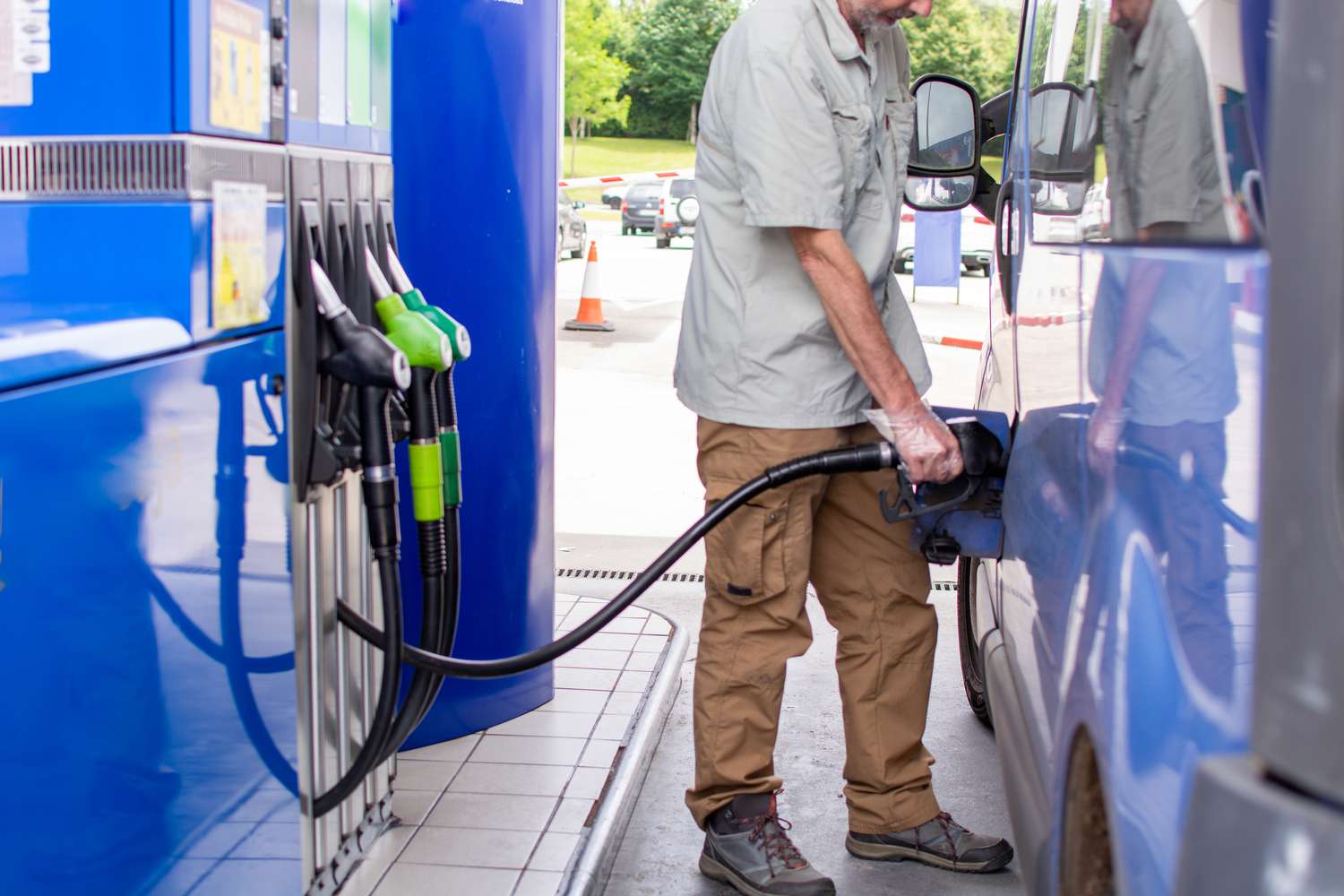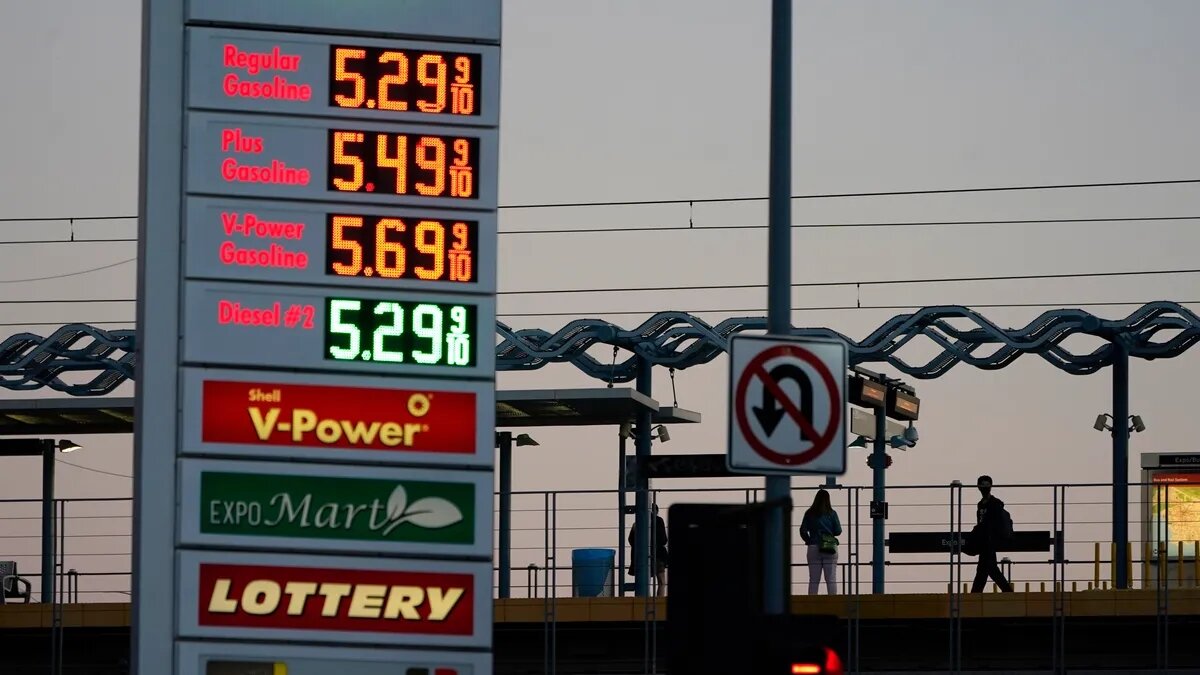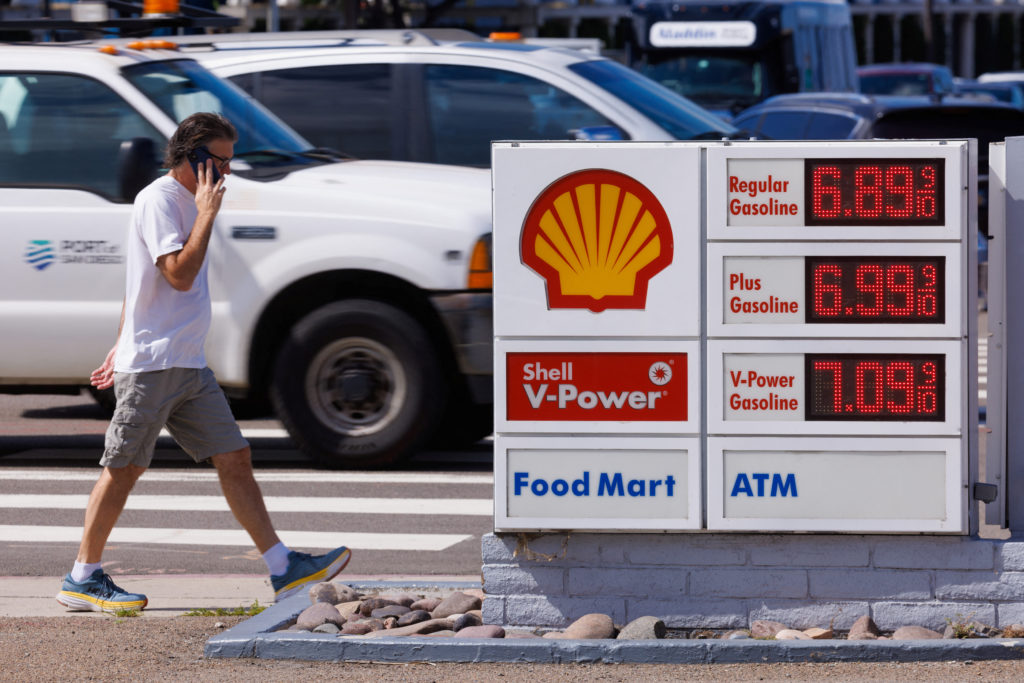In the current economic landscape, a notable increase in gas prices is starting to impact everyday life and travel plans across the United States. With crude oil prices climbing, the U.S. Energy Information Administration (EIA) has recently updated its forecast, expecting higher oil prices throughout the remainder of 2024 and into 2025. This shift is likely to have a broad impact on personal finance and commuting habits, as well as the much-anticipated summer travel season.

The Impact of Soaring Crude Oil Prices
During the first quarter of 2024, the West Texas Intermediate (WTI) spot price averaged at $77.50 per barrel. However, projections from the EIA suggest a steady increase, with prices anticipated to reach $85.30 in the second quarter and peak at $86.84 per barrel in the third quarter, before slightly receding to $85.17 towards the year’s end.
"We did it, Joe!"
Prices are rising.
Housing, Energy, and Gas Prices are up.@KamalaHarris, @JoeBiden, and @RubenGallego did that to us.
That's #Bidenomics. pic.twitter.com/kK81VJaXag
— Kari Lake (@KariLake) April 14, 2024
This upward trend in oil prices is pushing gasoline costs higher, influencing how Americans manage their budgets and mobility. The rise in fuel costs is especially timely, as it coincides with the onset of the summer travel season, a peak period for domestic and international escapades.
Rethinking Summer Travel: Budgets, Destinations, and Modes of Transport
With gas prices on the rise, many travelers are facing tough decisions about their summer plans. The increase in transportation costs means a larger chunk of vacation budgets is being allocated to getting to the destination, which could lead to cuts in accommodation, dining, and activities. This financial strain is prompting some to opt for shorter, more economical road trips rather than extravagant getaways.
Moreover, commuters are increasingly turning to public transportation such as buses, subways, and trains. Carpooling has also seen a rise as a cost-effective alternative, highlighting a shift in daily travel dynamics due to escalating fuel prices.

The Silver Lining for Electric Vehicle Owners
While traditional car owners feel the pinch, those who drive electric vehicles (EVs) are less affected by the spike in gas prices. However, the hesitation to undertake long journeys in EVs persists, largely due to concerns over the availability of charging stations. This apprehension might limit the appeal of electric vehicles for long-distance travel, despite their cost efficiency on shorter trips.
Spotlight on Fuel-Efficient Vehicles: The Case of the 2024 Toyota Prius
In response to rising fuel costs, the appeal of fuel-efficient vehicles is growing. The 2024 Toyota Prius, for instance, is gaining attention not only for its economic benefits but also for its enhanced aesthetics and performance. Car and Driver notes that the latest Prius model “debunks previous Priuses’ nerdy stereotype, makes good power now, highly efficient,” marking a significant improvement over its predecessors.
Regional Variations in Gas Prices
As of mid-April 2024, the national average price for regular gas stood at $3.64 per gallon, reflecting a slight decrease from the previous year’s average of $3.67 but an increase from the prior month’s $3.46. The variance in gas prices across states is stark; California reports the highest at $5.46 per gallon, while Minnesota enjoys the lowest at $3.31.

The disparity in prices is even more pronounced across regions, with Western states like California, Washington, and Oregon typically facing higher costs. Conversely, states like Wyoming and South Dakota benefit from some of the lowest prices in the nation.
Conclusion
The rising cost of fuel is reshaping the American landscape of travel and commuting, prompting a collective reassessment of how and where we choose to travel. As summer approaches, these changes could lead to altered vacation plans and increased interest in more fuel-efficient transportation options. Monitoring these trends will be crucial for understanding broader economic impacts and individual behavior changes in the face of fluctuating fuel costs.


